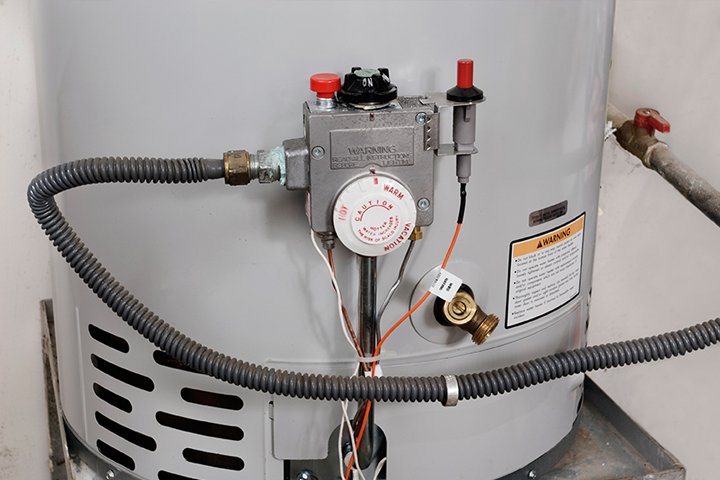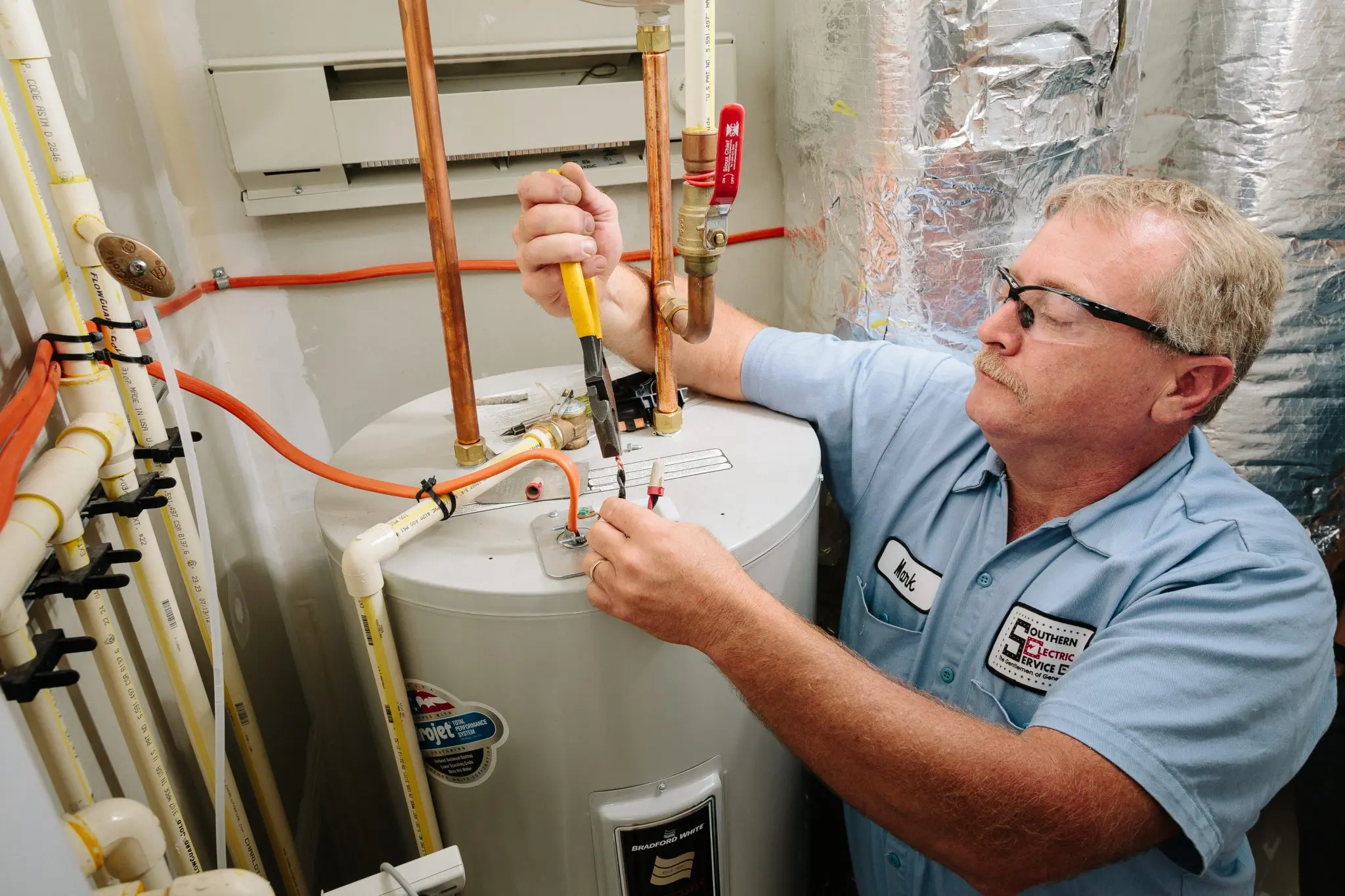Water Heater Installation for Enhanced Hot Water Efficiency and Functionality
Water Heater Installation for Enhanced Hot Water Efficiency and Functionality
Blog Article
Complete Overview to Water Heating SystemSetup and Substitute
Comprehending the details of water heater setup and substitute is crucial for property owners looking for to make certain efficiency and integrity in their hot water supply. From selecting the appropriate type and size to performing a seamless installment process, numerous variables should be considered to avoid usual challenges.
Kinds of Hot Water Heater
When taking into consideration water heating system setup and replacement, it is necessary to comprehend the various sorts of water heaters offered on the market. One of the most common types include container water heating units, tankless hot water heater, heatpump water heating systems, and solar hot water heater.
Container water heating units are typical systems that store a details volume of warm water, making them readily offered when required. In comparison, tankless water heaters offer warm water on need, getting rid of the demand for storage.
Heatpump hot water heater utilize electrical power to move warm from the air or ground to heat water, using significant energy cost savings but needing even more area and specific setup conditions. Solar water heating units harness solar energy to warm water, giving an eco-friendly choice with prospective long-lasting expense financial savings, although they usually require a back-up system for cloudy days.
Recognizing these alternatives ensures informed choices pertaining to installment and substitute, dealing with specific needs and preferences.
Selecting the Right Size
Selecting the appropriate size for a hot water heater is essential to guarantee optimal performance and performance. A system that is as well little will certainly battle to satisfy family needs, causing inconsistent hot water schedule and raised energy consumption. Alternatively, an extra-large water heating unit can result in unneeded power waste and higher energy bills.
To identify the best size, take into consideration the family's top warm water use. This can be computed based on the variety of occupants and their typical warm water requirements. For instance, a household of four might need a hot water heater with an ability of 50 to 80 gallons, depending upon the use patterns, such as synchronised showers and washing.
Furthermore, evaluate the recuperation price, which measures exactly how promptly a heater can renew warm water after it has been utilized. For tankless designs, concentrate on the circulation rate, determined in gallons per minute (GPM), to guarantee it fulfills the home's simultaneous need.

Installment Process Overview

Next, the old device needs to be separated and eliminated, taking care to adhere to regional codes and regulations regarding disposal. When the old unit is this link out, the brand-new water heating unit can be placed in position. This step includes connecting the water lines, making sure that all fittings are leak-free and safe.
After establishing water links, it's important to connect the power supply, whether electrical or gas, adhering to the supplier's instructions diligently. Once all links are made, the system ought to be full of water, and the power can be transformed back on. Lastly, it is essential to inspect for leaks and guarantee the hot water heater is operating properly before finishing the installation procedure.
Common Setup Mistakes

An additional frequent mistake is disregarding to follow regional codes and guidelines. Falling short to adhere to these requirements can not just lead to safety dangers find here yet might also result in expensive penalties or the demand for pricey reinstallation.
Inaccurate pipes links are additionally a prevalent error. Stopping working to safeguard links or using the wrong kind of installations can lead to leaks and water damage. Forgeting the importance of an appropriate drain pan can result in considerable water damages if leaks do happen. Last but not least, inadequate insulation of pipelines can lead to warmth loss, decreasing performance. By preventing these common setup blunders, homeowners can ensure their hot water heater operates securely and successfully, maximizing performance and durability.
Maintenance Tips for Long Life
Appropriate upkeep of a water heating unit is vital for its longevity and optimum performance. Normal examinations and servicing can prevent expensive repair work and extend the device's life expectancy. Begin by checking the temperature level setup; it should typically be established between 120 ° F and 140 ° F for optimal power effectiveness and safety.
Every 6 months, purge the storage tank to remove debris build-up, which can hinder home heating performance and create deterioration. To do this, transform off the heating unit, connect a hose to the drain valve, and allow the water run until it is clear.
When they are corroded,Anode poles ought to be evaluated yearly and changed. These poles assist protect against storage tank deterioration by drawing in corrosive components in the water.
Additionally, examine the pressure alleviation shutoff regularly to guarantee it is functioning properly. This shutoff is crucial for preventing extreme stress buildup within the container.
Lastly, take into consideration arranging an expert upkeep check every few years for extensive evaluations and servicing. By adhering to these upkeep tips, house owners can considerably enhance the effectiveness, safety, and life-span of their hot water heater, ensuring dependable warm water for many years to come.
Final Thought
In final thought, correct setup and maintenance of water heating systems are vital for ensuring performance and longevity. By recognizing these vital aspects, house owners can achieve a trusted hot water supply while decreasing prospective concerns associated to water heater procedure.
Understanding the details of water heating unit installment and replacement is essential for home owners seeking to make certain effectiveness and integrity in their warm water supply.Container water moved here heaters are typical systems that keep a specific volume of warm water, making them conveniently available when required. In contrast, tankless water heating units give hot water on demand, getting rid of the need for storage. Choosing a water heating system that is either too little or also big can lead to inadequacies, resulting in inadequate hot water supply or extreme energy consumption.
By recognizing these vital elements, homeowners can accomplish a trusted hot water supply while lessening possible problems associated to water heating unit procedure. pipe repair.
Report this page